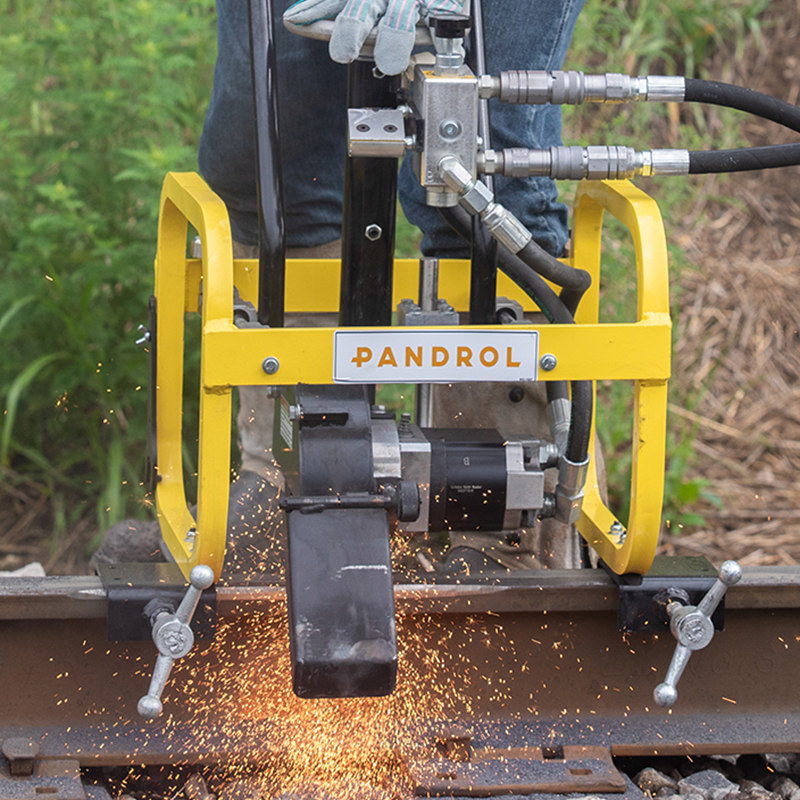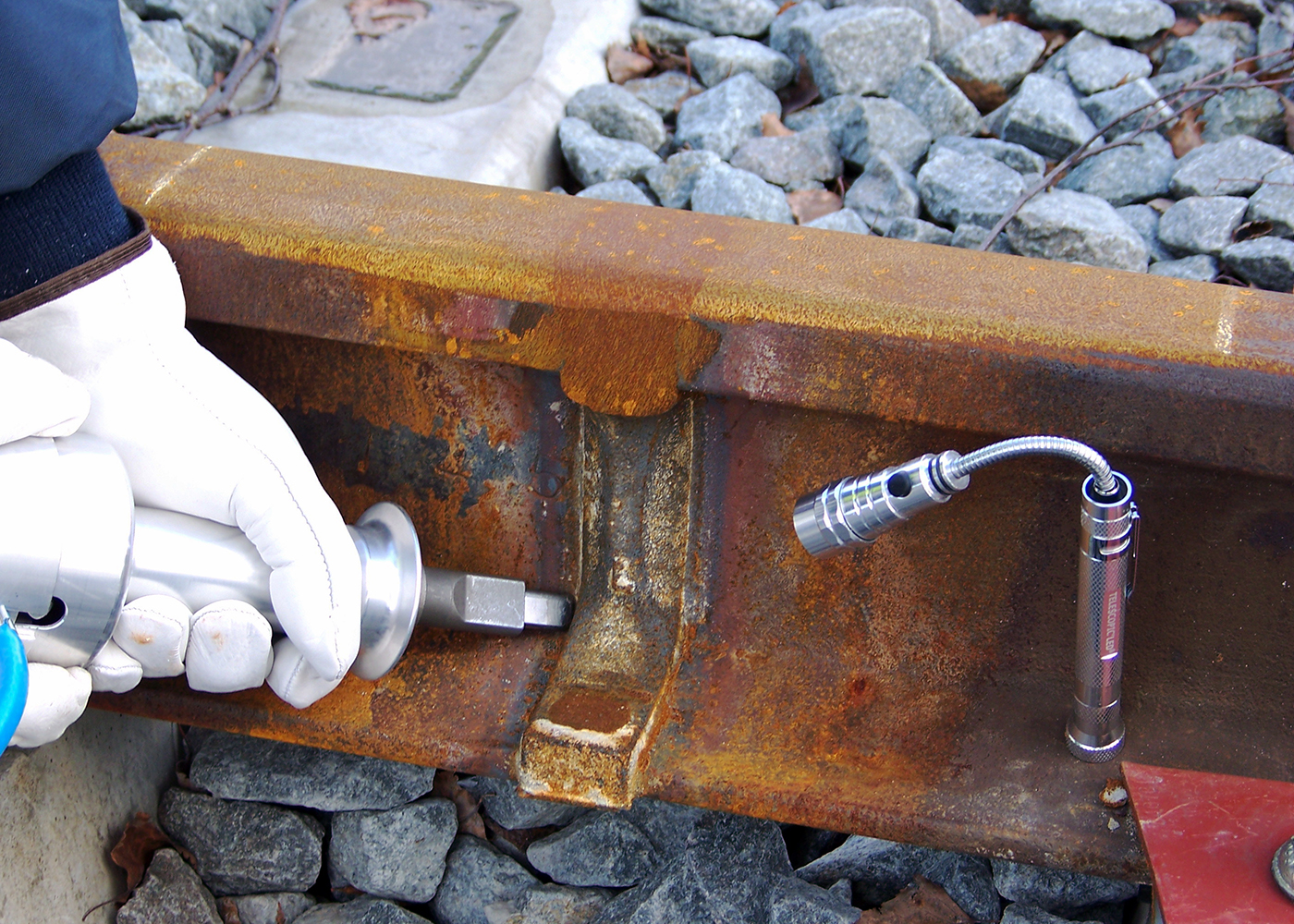Martelo WEL-D'STRESS® Resumo do Produto
O WEL-D’STRESS® introduz tensões residuais de compressão. Isso previne o aparecimento de manchas de fadiga que podem aparecer quando o tráfego é intenso.
- Em áreas de tráfego intenso, sensíveis, podem ocorrer fraturas em até seis meses após a soldagem. O uso do martelo elimina completamente esse risco.
- Para os clientes que utilizam o martelo WEL-D'STRESS® desde 2007, a expectativa de vida das soldas em áreas de alto tráfego é atualmente idêntica à do trilho
Transferências
Benefits of the WEL-D’STRESS® Hammer
Increases track longevity
Using the WEL-D’STRESS® hammer results in a very significant increase in the length of time before an aluminothermic weld shows signs of fatigue.
Low maintenance
Less maintenance is needed – the life expectancy of welds in high traffic areas is identical to that of the rail.
Value for money
As a result, maintenance costs are reduced and the system offers optimised life cycle cost (LCC).
Increased availability
There is increased availability of the infrastructure.
Easy installation
The WEL-D’STRESS® hammer is easy to transport and use.
Versatile
The equipment is efficient and effective for welding on all types of rail and very high traffic networks.
Technical features
Pneumatic system
The WEL-D’STRESS® hammer is a pneumatic system.
Usable with cold and hot welding
WEL-D’STRESS® can be used with aluminothermic welds from ambient temperature up to 300°C maximum.
Designed for ease of use
The equipment has been designed to be extremely easy and intuitive to use.
Compact size
The kit is compact and easy to carry. It comes in a strong case, certified IP67.
Versatility
The WEL-D’STRESS® hammer can be used on all types of rail and very high traffic networks. This includes heavy haul lines and intense urban traffic networks, such as RER and Metro.
Produtos relacionados
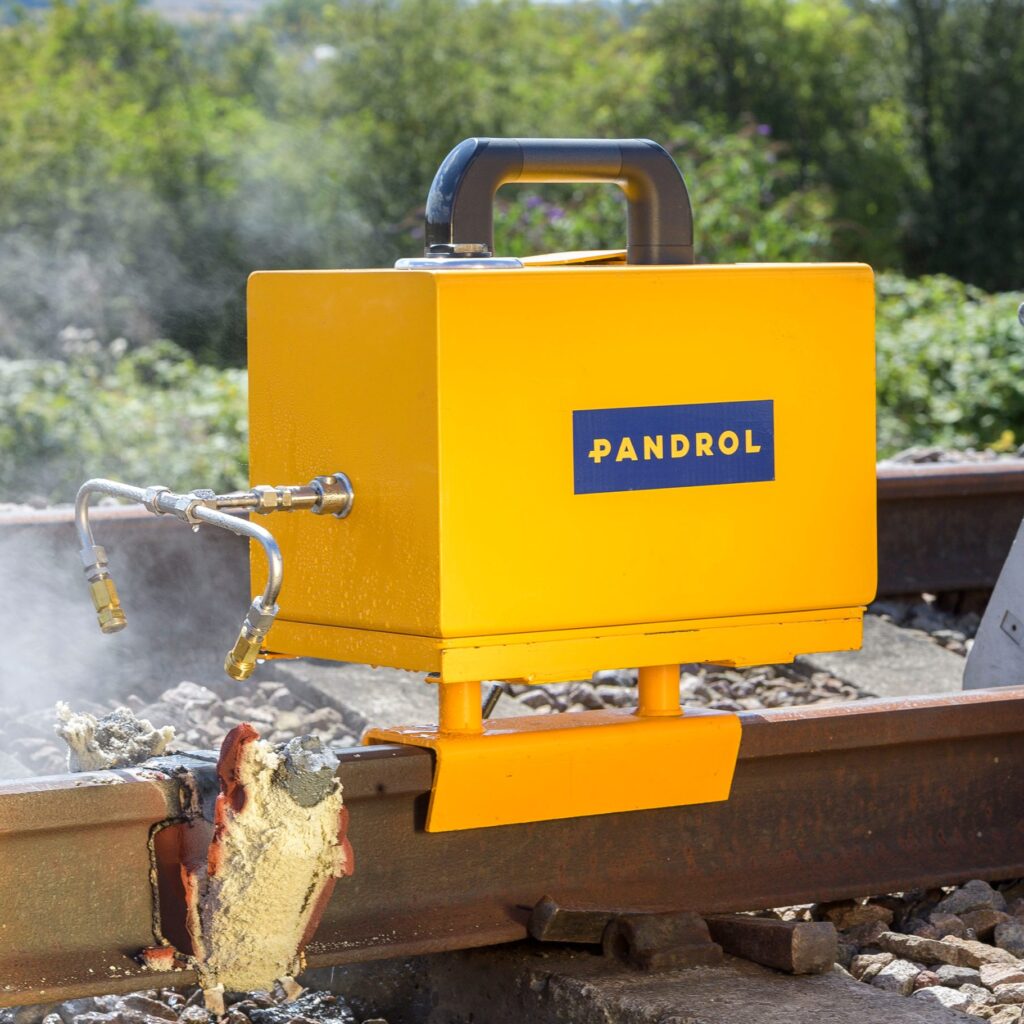
O sistema de fixação SD-HH é rápido e eficiente para instalar, com poucas ferramentas e treinamento mínimo necessários
RapidCooling Device

Fornecendo a potência comprovada para remoção de soldas que a Pandrol trouxe consistentemente para nossos mercados.
Rebarbadora compacta B-M-VIR
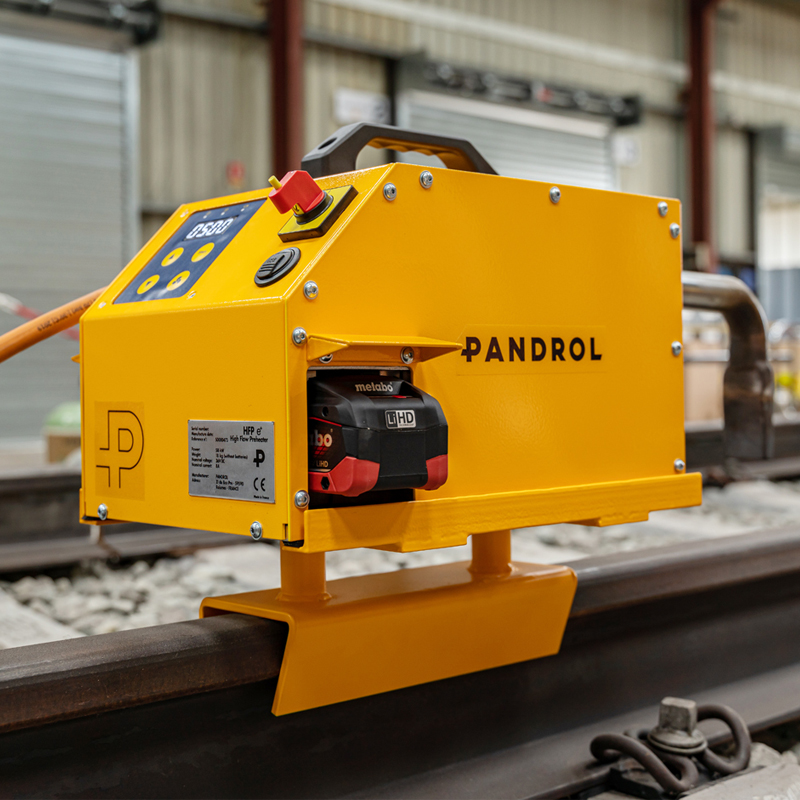
O pré-aquecedor de alta vazão Pandrol 36V (HFP 36V) é um sistema de pré-aquecimento universal para uso na soldagem no local.
Pré-aquecedor de alta vazão 36 V (HFP)

The Pandrol Self-Feed Rail Drill is powered by a hydraulic system – that delivers clean and powerful energy that is the driving force needed for boring holes.
Furadeira de trilhos com autoalimentação

Durante a soldagem aluminotérmica, o excesso de metal permanece acima do boleto do trilho.
Rebarbadora de solda bibloco EGH1/EGH2
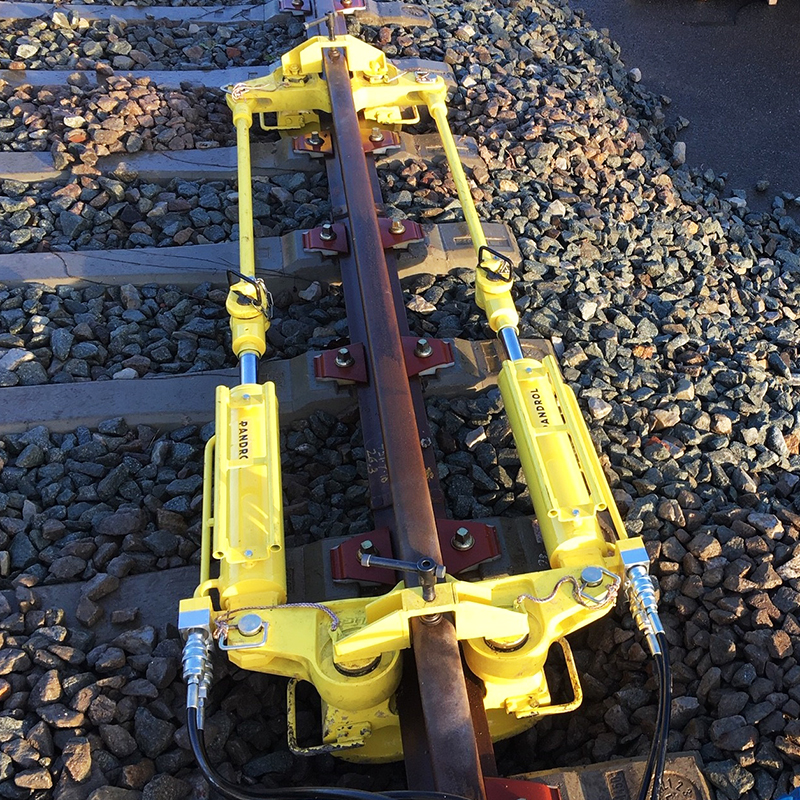
É usada em trabalhos de manutenção para esticar longos trilhos soldados antes da soldagem aluminotérmica e para fixar o trilho tensionado durante o corte.
Tensora de trilhos TR75
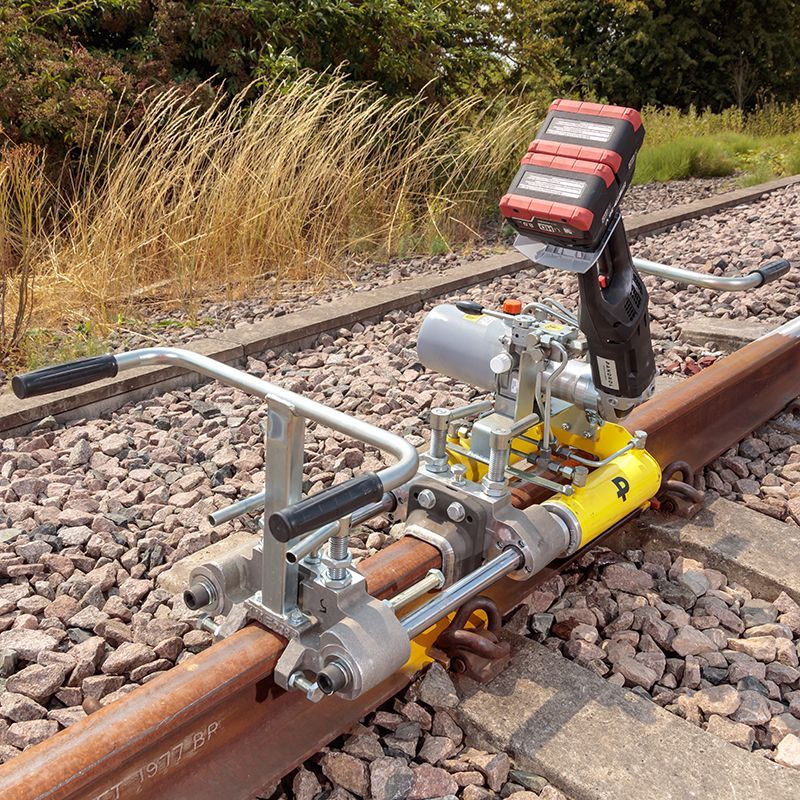
O processo de cisalhamento ocorre após a liberação do molde.
Rebarbadora a bateria EMB1 – EMB2 -EMB2 RAG

Como a tecnologia de trilhos ferroviários continua a fazer grandes avanços para lidar com o aumento do peso por eixo e da tonelagem, o aço usado para trilhos tornou-se mais puro e mais duro. Isto, combinado com altos níveis de carbono, manganês e silício e o tratamento térmico utilizado na fabricação, tornou as operações de corte um desafio cada vez maior.
Discos de corte de trilhos
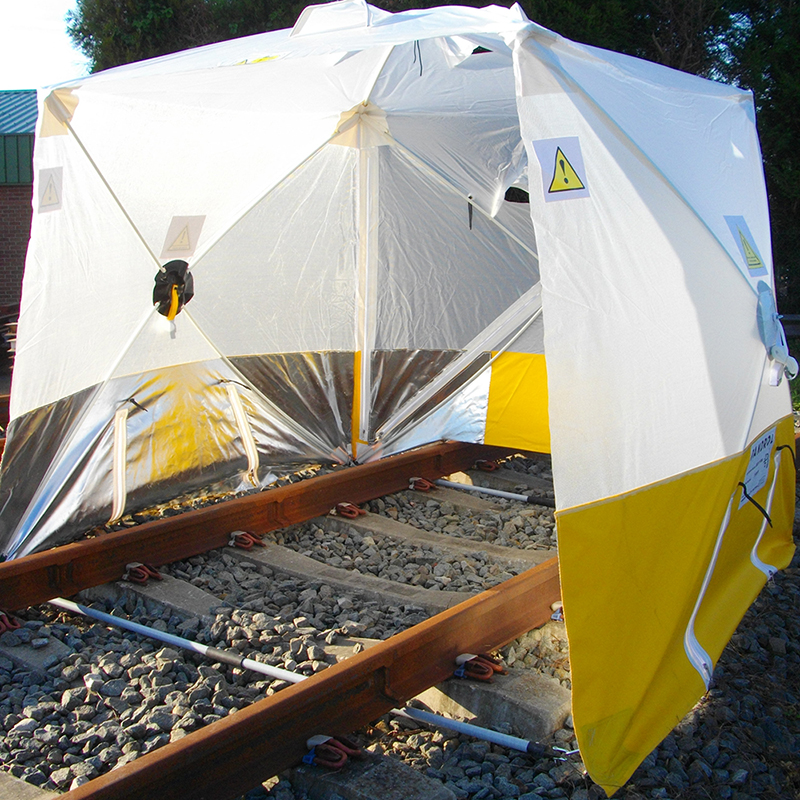
Para que a soldagem ocorra em clima úmido e ventoso, é necessária proteção adequada.
Tenda de soldagem de via
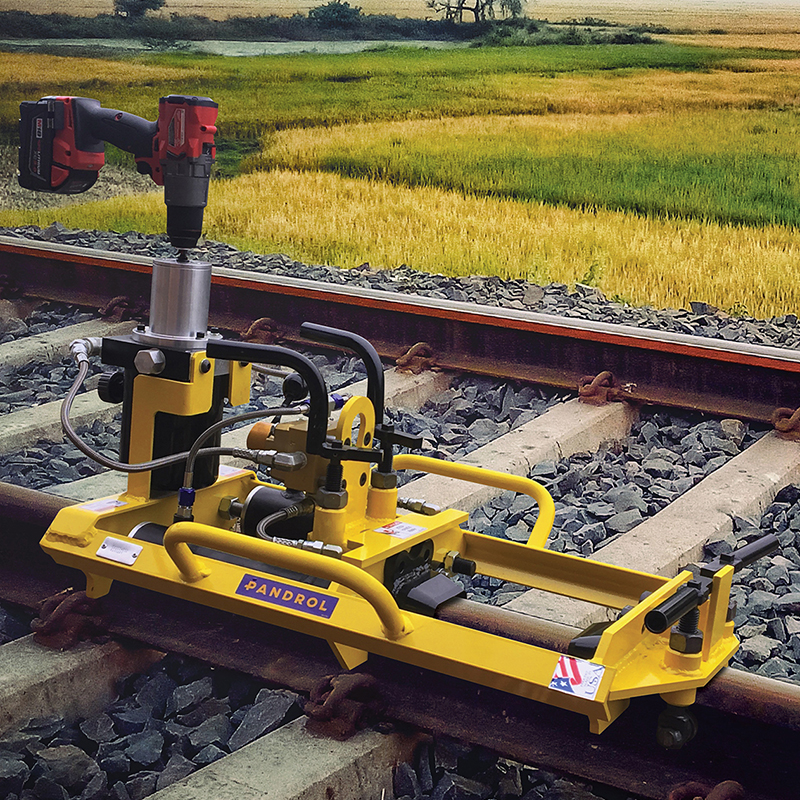
Cisalhadora leve alimentada por bateria
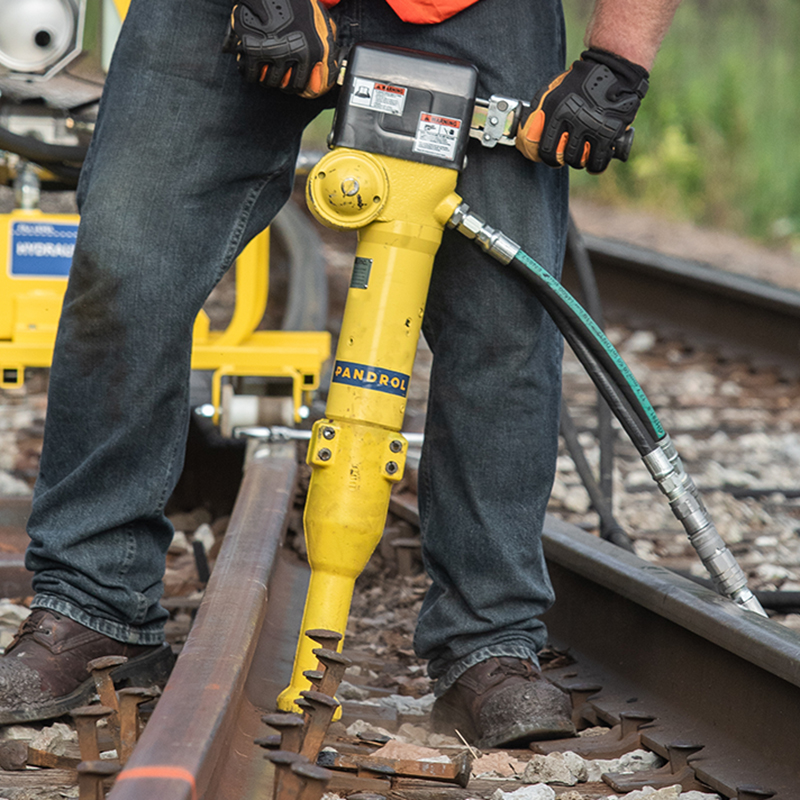
Máquina de instalação de parafusos tirefond 08300
